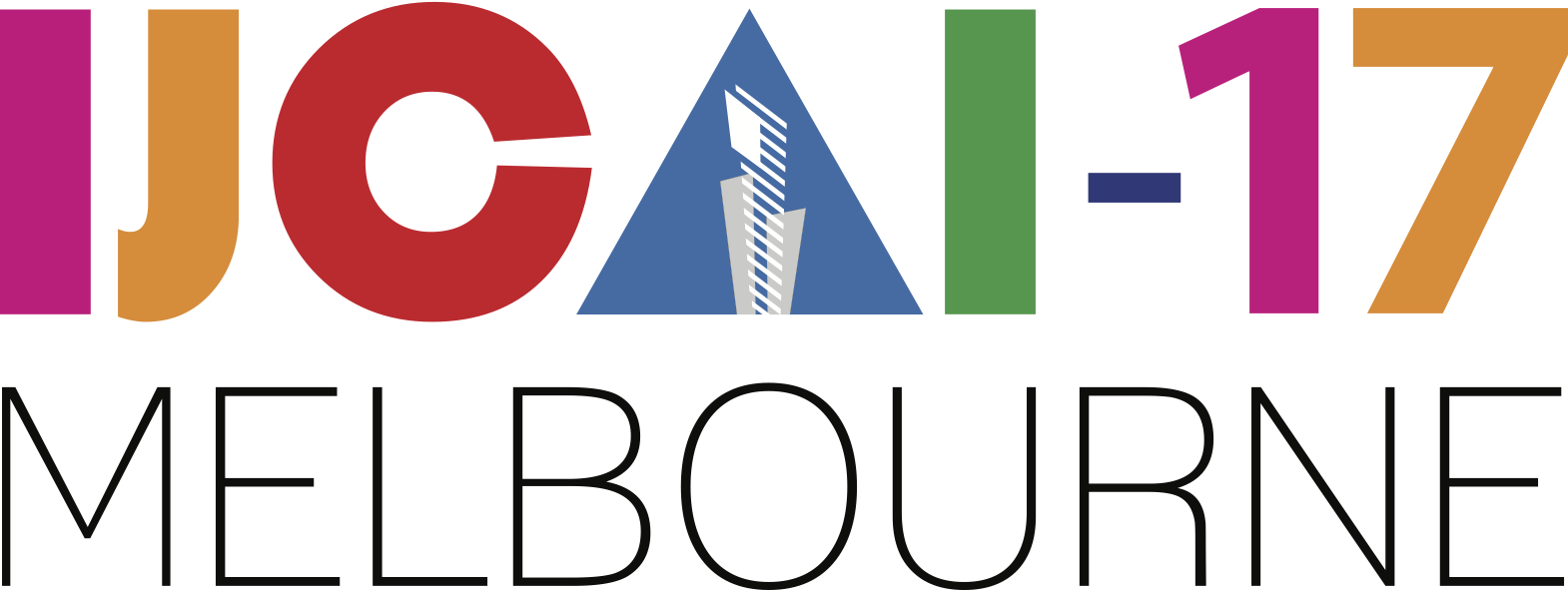Temporal Grounding Graphs for Language Understanding with Accrued Visual-Linguistic Context
Temporal Grounding Graphs for Language Understanding with Accrued Visual-Linguistic Context
Rohan Paul, Andrei Barbu, Sue Felshin, Boris Katz, Nicholas Roy
Proceedings of the Twenty-Sixth International Joint Conference on Artificial Intelligence
Main track. Pages 4506-4514.
https://doi.org/10.24963/ijcai.2017/629
A robot’s ability to understand or ground natural language instructions is fundamentally tied to its knowledge about the surrounding world. We present an approach to grounding natural language utterances in the context of factual information gathered through natural-language interactions and past visual observations. A probabilistic model estimates, from a natural language utterance, the objects, relations, and actions that the utterance refers to, the objectives for future robotic actions it implies, and generates a plan to execute those actions while updating a state representation to include newly acquired knowledge from the visual-linguistic context. Grounding a command necessitates a representation for past observations and interactions; however, maintaining the full context consisting of all possible observed objects, attributes, spatial relations, actions, etc., over time is intractable. Instead, our model, Temporal Grounding Graphs, maintains a learned state representation for a belief over factual groundings, those derived from natural-language interactions, and lazily infers new groundings from visual observations using the context implied by the utterance. This work significantly expands the range of language that a robot can understand by incorporating factual knowledge and observations of its workspace into its inference about the meaning and grounding of natural-language utterances.
Keywords:
Robotics and Vision: Cognitive Robotics
Robotics and Vision: Human Robot Interaction

